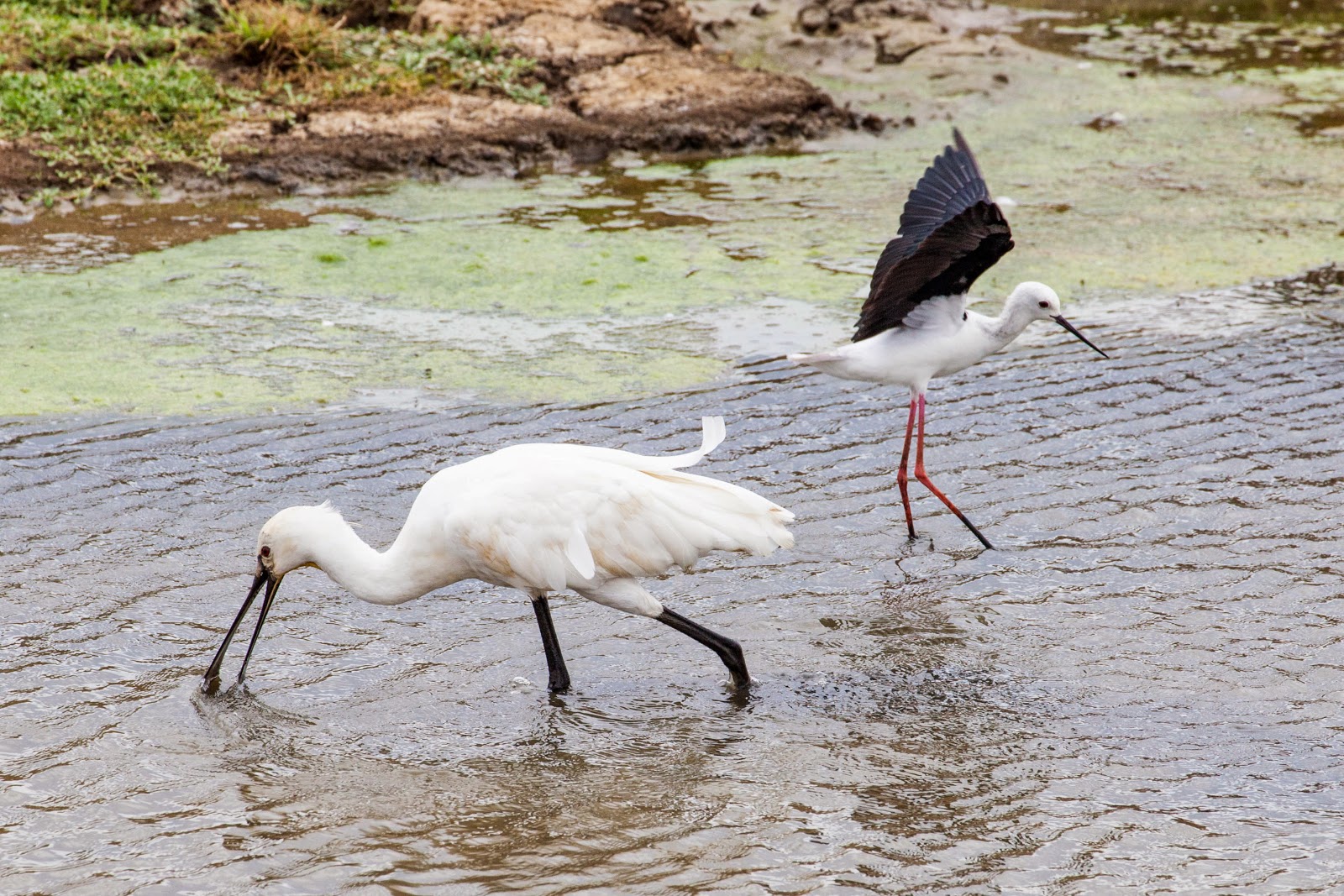 |
| Baby turtles!!! Put them back Susan. |
To Galle. Before the Brits got their hands on Sri Lanka, it was home to canals, bicycles and men in orange (because we're avoiding national stereotypes completely today) and the symbol of the Dutch East India company still remains on some of the buildings to tell the tale. I love the idea that they put a cockerel on their emblem because they thought 'Galle' derived from the Latin for 'cockerel' rather than the Singhalese for 'cliff'. (What? The locals don't speak Latin? The savages!) If only the colonials always got the wrong end of the stick in such a harmless manner.
We wandered around the walls of the Dutch fortress then visited the Dutch church where flagstones record the entombment of a geliefde vrouw or geliefde zoon (beloved wife, beloved son), with apologies to Dutch speakers if Google Translate got that wrong. Then we started heading north towards Colombo, the port of choice of the British colonials who replaced the Dutch.
 |
| Taprobane island (I hope you are reading this Uncle David?) |
On the way, we stopped at a beach-side restaurant where you can choose yourself a fish and then have it cooked (a bit like The Hitchhikers' Guide to the Galaxy, only at least the fish does not speak to you and recommend itself as a fillet when you are making your choice). Guy picked himself a 630g beast and had it brought to the table in style. It was so beautifully marinated that I quickly dropped my Hitchhikers' Guide analogies and decided to tuck in too.
After lunch, we stopped at a Sri Lankan mask workshop and museum where the masks that intrigued me the most were those depicting eighteen different types of illness. The green man was clearly about to vomit and the bright red one was suffering a fever, but some others were hard to call. The accompanying information told us that demons can inflict a range of illnesses, one of the worst being the black devil who brings erotic thoughts to young girls. This, apparently, is one of the worst type of illness out there. Cholera and tuberculosis are not such a dreadful fate after all, but erotic thoughts in a young girl? May the gods have mercy!
 |
| English and Dutch influences at Galle |
The next stop was a turtle hatchery, purporting to protect turtles by buying their eggs and rearing them for the first five years of their lives before releasing them into the wild. That way, they don't end up as breakfast for a stray dog. We were proudly shown the tank of baby turtles then the 'hospital tank', where those whose limbs have been severed by fishing nets live out their lives. I wasn't convinced though. Our 'guide' kept urging us to pick up the turtles, no matter what signs of distress they showed, and practically forced us to pose for pictures with the flailing creatures in our hands. And this really doesn't hurt them? What if I've just sprayed Deet to keep off the insects (which I have)? What if I use steroids on my hands for my eczema (which I do)? Is this really about protecting turtles or running a business where the guide who gets the biggest tip is the one who takes a photo of their client kissing a turtle? Unfortunately, I guess it must work.
From here it was next stop Colombo and the Great Orient Hotel, where the Englishmen in suits have largely been replaced by Chinese businessmen, and the view from the restaurant looks over a container port not a harbour for sail boats, but where time has otherwise stood still. A man in a suit plays soothing music on a saxophone; the waiter pushes in your chair for you and unfolds your napkin; the cocktail menu doesn't explain what a Pinacolada or a Bloody Mary contains because the guests are experienced enough cocktail-drinkers to know. It's been a strange couple of weeks staying in 'proper' hotels where there are clean white bedsheets and so much food that you leave some on your plate (because global food supply isn't tight at all, right?) and, sometimes, there's a swimming pool too, instead of backpacker shacks where you drink bad lager and swap cockroach-infestation stories. It still feels a little surreal though. Perhaps it's time to hit the road again. Tomorrow, Delhi. (I mean, tomorrow, chaos.) Farewell Colombo!
 |
| The interior of the Dutch fort at Galle |
 |
| Fresh pineapple? |
 |
| The lighthouse at Galle |
 |
| The Dutch church in Galle (with added asian flavour!) |



















































